Self-healing concrete
Concrete is the core material of most modern construction. But compared to the incredible durability of ancient monuments like the Colosseum or the Pantheon, today’s concrete has a much shorter lifespan and is in constant need of repair. What makes the difference?
A new study from the Massachusetts Institute of Technology (MIT, USA) has revealed the secret hidden deep inside ancient Roman concrete blocks. It is the ability to self-heal, a feature that seems only to exist in science fiction.
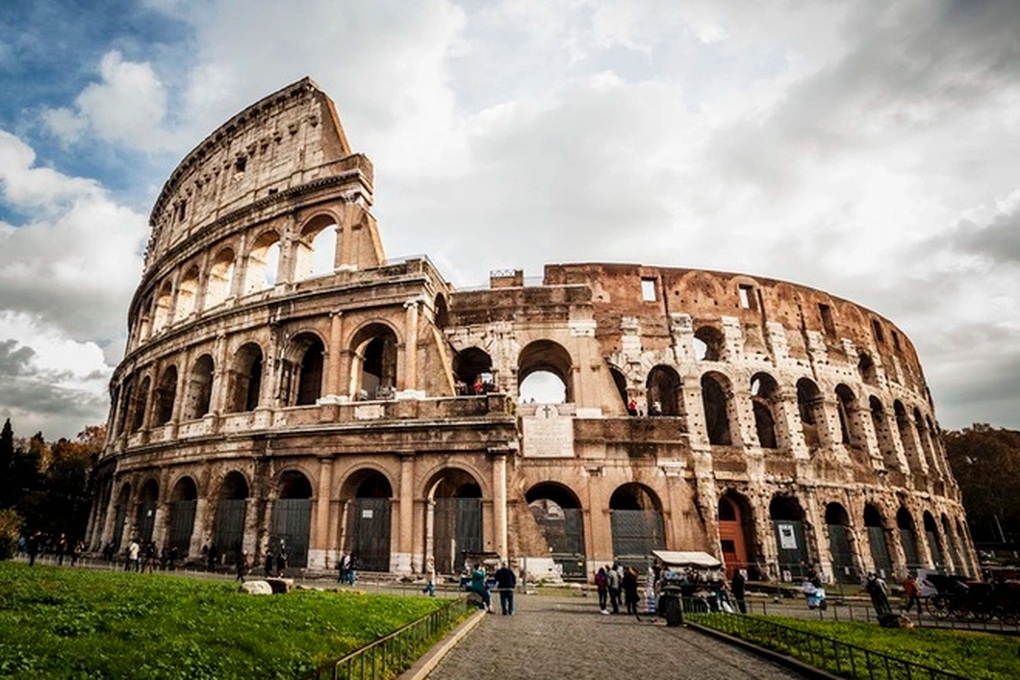
The Roman Colosseum still stands after millennia. (Photo: Archdaily).
The research team analyzed concrete samples taken from the ruins of the ancient city wall in Privernum (Italy). The results showed that although the main ingredients were still familiar materials such as pozzolana volcanic ash, tuff and lime, small white crystals appeared inside, which were once thought to be "mismixing errors".
In fact, it is the lime itself that is the key. When the concrete cracks and water seeps in, the unreacted lime flakes immediately trigger a chemical process, creating a saturated calcium solution.
This solution then crystallizes into calcium carbonate, a compound that can fill cracks and re-bond surrounding material particles. In this way, the concrete “patches” its structure without human intervention.
This reaction is completely natural, similar to the way the human body heals wounds on the skin. According to the research team, this is a very rare feature in construction materials: the mechanism of “chemical self-healing”.
Different production methods
Another big difference is the technique used to make concrete. Instead of using slaked lime (lime mixed with water), the Romans may have used a hot-mixing technique. They added quicklime directly to the mixture of aggregate and pozzolana ash, and then added water.
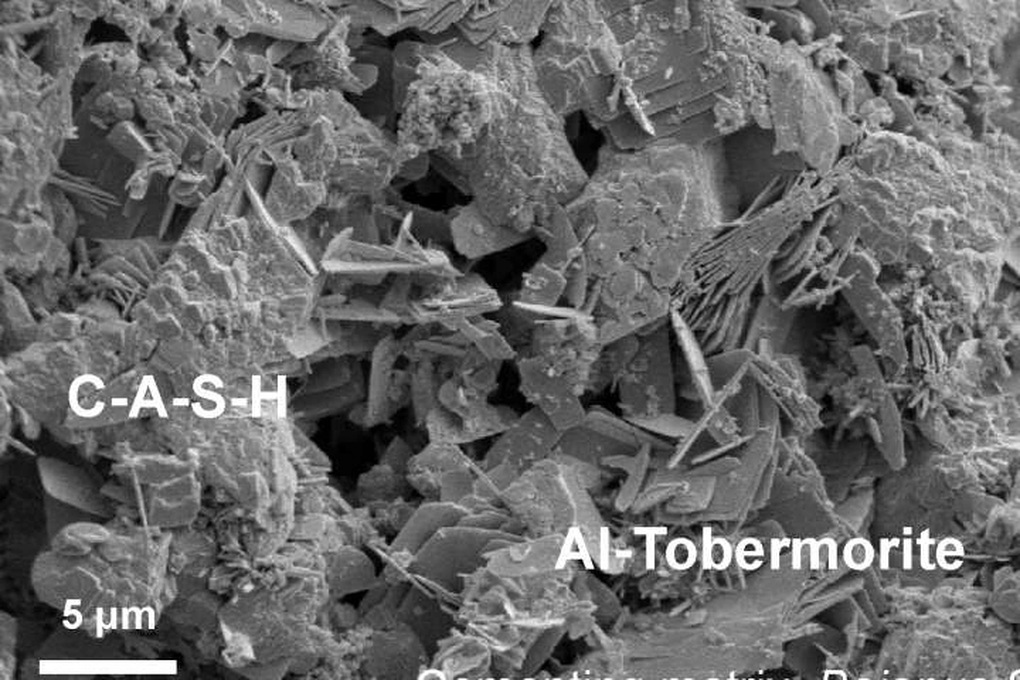
This magnified image shows calcium aluminosilicate (CASH) cementite formed when volcanic ash and lime react with seawater. Platinum crystals of Al-tobermorite have grown within the CASH cementite matrix (Photo: Getty).
The thermal reaction generated from this process creates undecomposed lime fragments that act as calcium reservoirs.
After dozens or even hundreds of years, when the concrete block cracks due to climate, earthquakes or loads, these calcium stores are activated, creating a self-healing chain reaction.
This discovery not only helps explain why Roman structures have endured for millennia, but also opens up new directions for the modern construction materials industry.
Professor Admir Masic – head of the research team at MIT – said that if this self-healing technology is recreated and applied to modern concrete, we can extend the life of the building, significantly reduce repair costs and most importantly, reduce greenhouse gas emissions.
The cement industry is responsible for about 8% of global carbon emissions, most of which come from manufacturing, transporting, and maintaining buildings. Developing self-healing concrete like the ancient Romans could change that.
Without the need for super-advanced materials or complex industrial processes, ancient techniques are still proving their timeless power. And sometimes, to move forward, humanity is forced to look back at what our ancestors left behind.
Source: https://dantri.com.vn/khoa-hoc/phat-hien-bi-mat-giup-be-tong-la-ma-ben-hang-nghin-nam-20250728070224281.htm







![[Photo] Prime Minister Pham Minh Chinh attends the annual Vietnam Business Forum](https://vphoto.vietnam.vn/thumb/1200x675/vietnam/resource/IMAGE/2025/11/10/1762780307172_dsc-1710-jpg.webp)
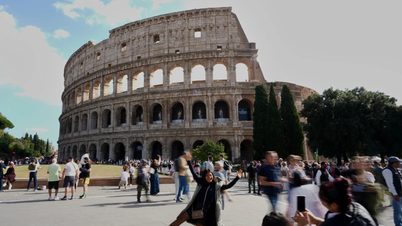



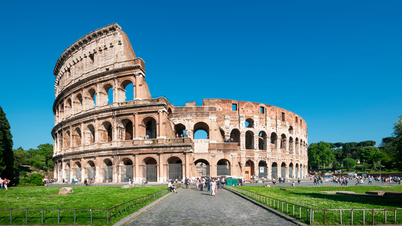

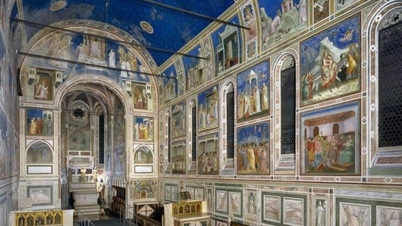


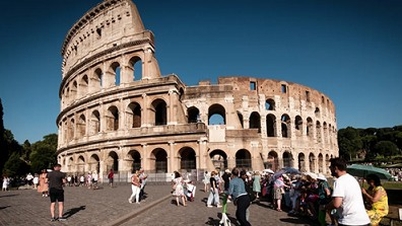




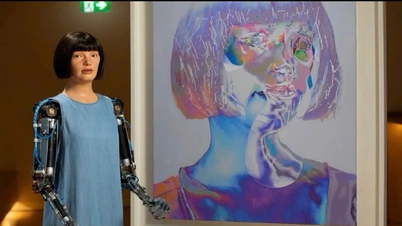




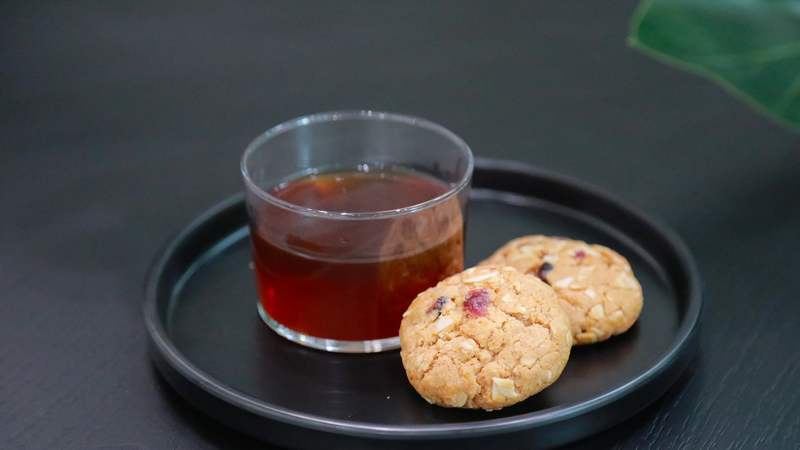













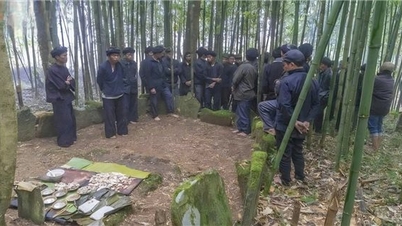




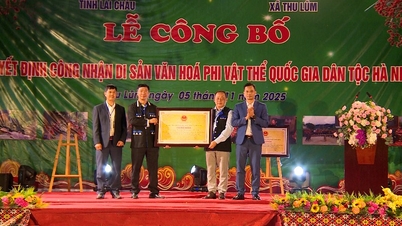





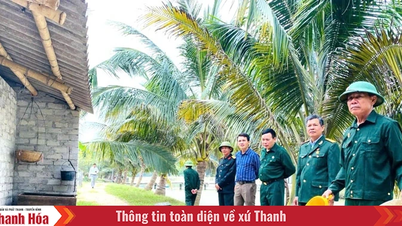


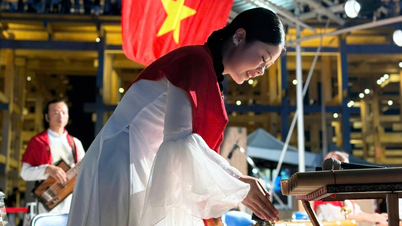
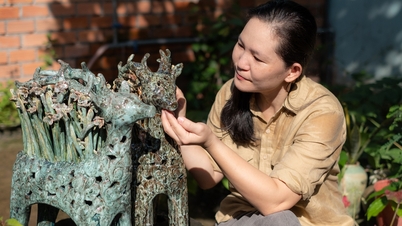















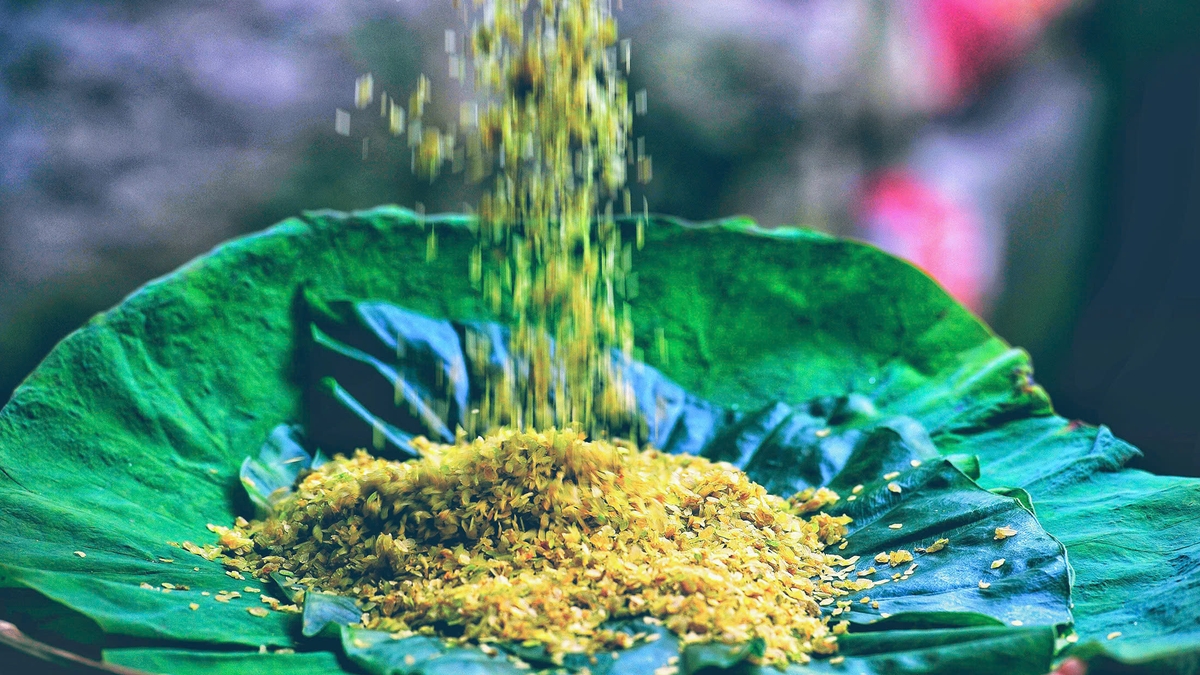

















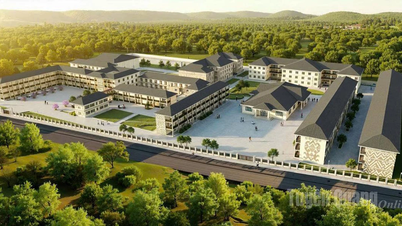

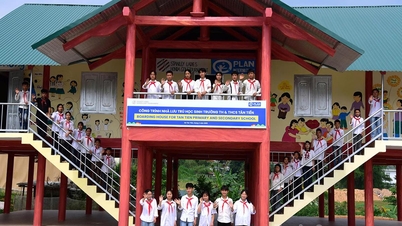




![Dong Nai OCOP transition: [Article 3] Linking tourism with OCOP product consumption](https://vphoto.vietnam.vn/thumb/402x226/vietnam/resource/IMAGE/2025/11/10/1762739199309_1324-2740-7_n-162543_981.jpeg)











Comment (0)